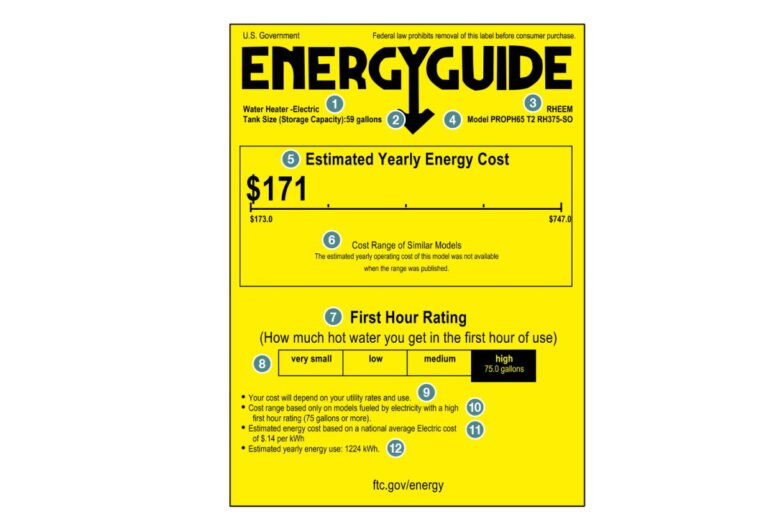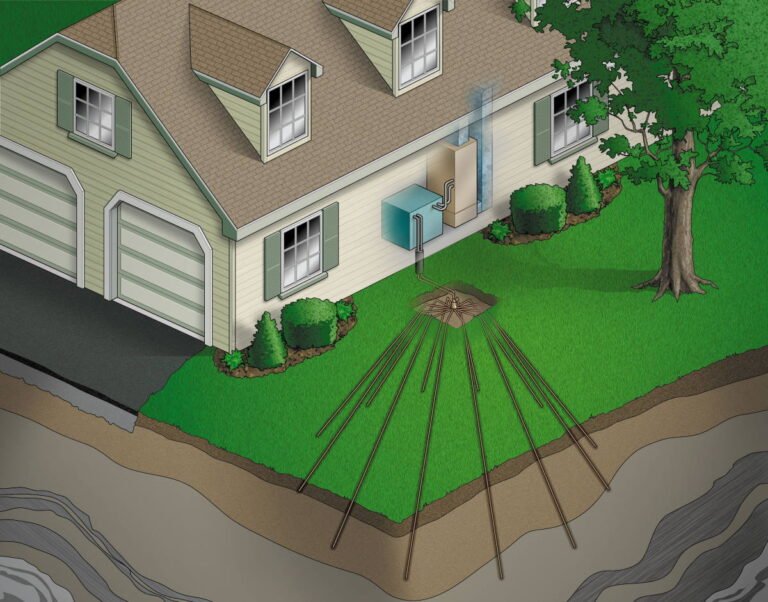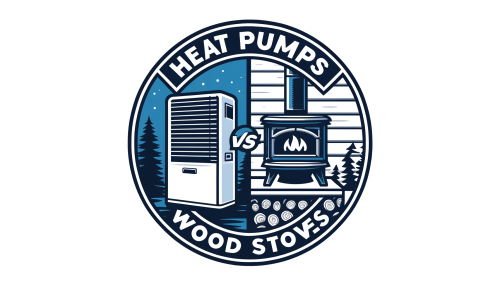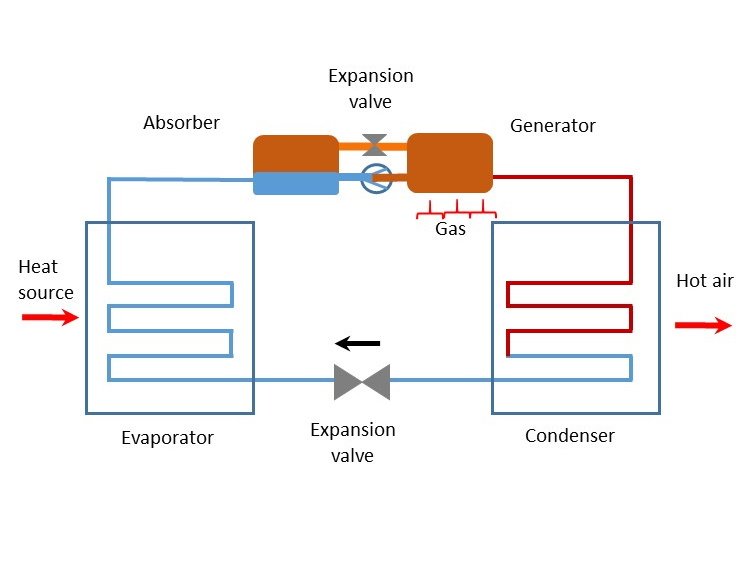Exploring Furnace Types: Find The Best System For Your Home!
When it comes to heating your home, selecting the right furnace is crucial for ensuring comfort, efficiency, and cost-effectiveness.
Furnaces come in various types, each with its unique method of generating and distributing heat. These range from traditional forced-air systems, which utilize ducts to disperse warm air throughout a home, to furnaces differ in their fuel sources-gas, oil, electricity, or even alternative fuels like propane and biomass can power them.
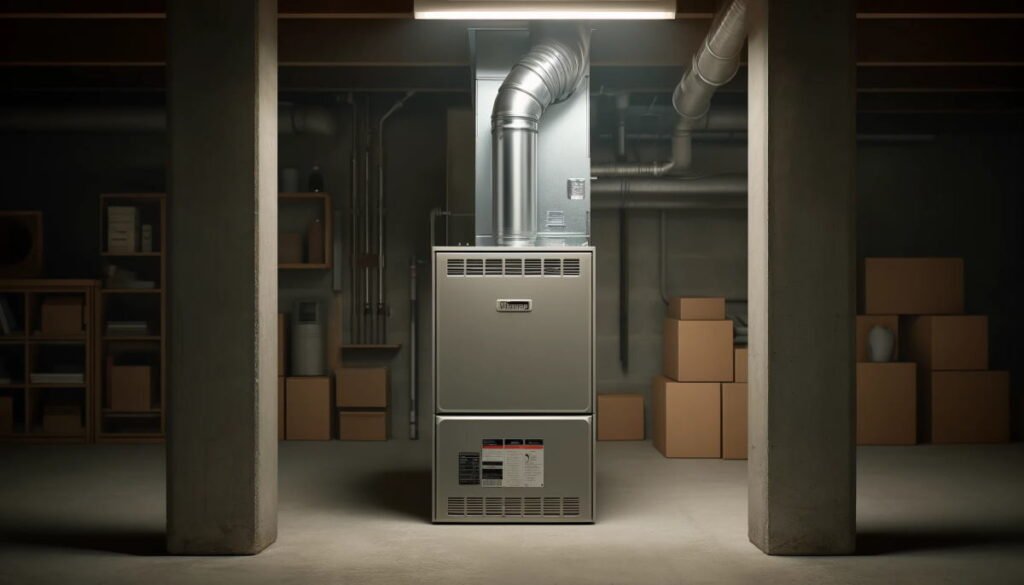
Understanding these options, along with their operational mechanics and potential benefits, is essential for homeowners looking to make an informed decision that aligns with their heating needs, environmental conditions, and budget constraints.
This introduction will explore the different types of furnaces available, focusing on their key features and the practical considerations for each type.
What is a Furnace?
Furnaces are central heating systems used primarily in residential and commercial buildings to maintain a comfortable indoor temperature during colder seasons.
They work by burning fuel-such as gas, oil, or electricity-to generate heat, which is then distributed throughout the space via a network of ducts or pipes. Modern furnaces come in various types, including single-stage, two-stage, and modulating models, each designed to provide efficient and reliable heating solutions.
They are integral to a home’s HVAC system, ensuring warmth and comfort by regulating and circulating heated air or water throughout the building.
Popular Types of Furnaces
Forced Air Furnaces
The most common type of heating system in North America, forced air furnaces use a blower to push heated air through a network of ducts and vents to distribute heat throughout the home. They can be powered by gas, oil, or electricity and easily integrate with central air conditioning systems.
Gas Furnaces
Gas furnaces are a popular heating option in many homes, particularly in areas with colder weather. They operate by burning natural gas to produce heat, which is then distributed throughout the home via a system of ducts.
Gas furnaces are favored for their efficiency and the cost-effectiveness of natural gas in many regions. However, they require a venting system to expel combustion byproducts, which can add to installation complexity and cost.
Propane Furnaces
These operate similarly to natural gas furnaces but use propane as the fuel source. Propane is a popular choice in areas where natural gas is not available. Like natural gas, propane furnaces require a storage tank and deliver efficient heating.
Biomass Furnaces
These are less common but use organic materials such as wood pellets, corn, or other biomass fuels to produce heat. Biomass furnaces can be a cost-effective solution in areas where such materials are abundant and cheap.
Electric Furnaces
Electric furnaces heat air through electric resistance elements and distribute the warmed air through the house using blowers and ducts. They are generally simpler and safer to install than gas furnaces, as they don’t require a flue or gas line. While electric furnaces are highly reliable and require less maintenance, they can lead to higher energy bills, especially in regions where electricity is expensive.
Oil Furnaces
Oil furnaces operate similarly to gas furnaces but use oil as the fuel. They are typically used in areas where natural gas is not readily available. Oil furnaces require the installation of a storage tank and regular deliveries of oil. While they can be more costly to operate due to the price of oil, they are known for their ability to produce more heat per BTU than other furnace types.
Single-Stage Furnaces
Single-stage furnaces have one “on” stage, meaning they operate at full blast whenever they are running. They are typically less expensive to purchase and install. They are simple in design, which can lead to fewer maintenance issues over time. This type makes a great choice for climates where the furnace isn’t often needed or for smaller spaces.
Two-Stage Furnaces
Two-stage furnaces can operate at a lower stage most of the time, which conserves energy, and switch to a higher stage as needed when it’s particularly cold. They provide a better balance of comfort and efficiency than single-stage models by reducing temperature fluctuations. This operation leads to improved energy efficiency and quieter running times since the furnace isn’t always operating at full capacity.
Modulating Furnaces
Modulating furnaces can adjust their heat output in very fine increments, sometimes as precise as 1% increments, depending on the heating demand.
These furnaces provide the highest level of comfort and efficiency by maintaining a more consistent temperature within the home. They are extremely efficient at converting energy to heat, often resulting in lower utility bills and a smaller environmental footprint.
Additionally, their frequent but low-intensity operation can significantly improve air quality by constantly circulating and filtering air.
Variable-Speed Furnaces
These furnaces vary the speed of the blower motor to precisely control the flow of heated air into your home. Variable-speed technology provides significant energy savings, quieter operation, and more even heat distribution throughout the home. They are highly adaptive to the conditions of your home, adjusting airflow to provide consistent heating or cooling.
Things to Consider When Choosing a Furnace Type
When choosing a furnace for your home, it’s important to consider various factors, including the type of fuel, available features, home size, and others. Here are the details:
Fuel Type
Gas Furnaces: These operate on natural gas, which is often the most cost-effective and widely available fuel source in many areas. For every unit of natural gas consumed, a high-efficiency gas furnace can convert up to 98% of this energy into heat for the home.
Oil Furnaces: These utilize heating oil stored in a tank and are typically used in areas where natural gas is not available. Requires regular refilling, with efficiency depending on how well the furnace converts oil into usable heat.
Electric Furnaces: These use electricity to heat elements that warm the air, ideal in regions with high availability and lower costs of electricity. They convert nearly all electrical energy into heat but may lead to higher operational costs depending on local electricity prices.
Climate Considerations
This refers to a furnace’s ability to effectively heat a home under varying climatic conditions. For example, in colder climates, a furnace with a high AFUE rating and robust heat output is crucial for efficient heating.
A furnace in a milder climate may not need to work as hard, so options like heat pumps, which handle moderate temperatures well and also provide cooling, become more efficient and practical.
Home Size and Layout
The size and configuration of your home will influence the capacity and type of furnace necessary to distribute heat evenly, ensuring all rooms reach comfortable temperatures without excessive energy waste.
For example, a larger home requires a furnace with a higher BTU output to efficiently distribute heat throughout the space, while a smaller home can use a lower-capacity furnace without sacrificing comfort or energy efficiency.
Energy Efficiency Ratings
This factor gauges the efficiency of a furnace in converting fuel into heat and its impact on operating costs and environmental footprint. For example, an electric furnace with a high efficiency rating may convert nearly all the electricity it uses into heat, making it ideal for areas with lower electricity costs.
Maintenance Accessibility
This concerns how easily a furnace can be serviced and maintained, affecting its longevity and performance. For example, gas furnaces might require more frequent maintenance than electric ones due to components like burners and heat exchangers that must be cleaned and inspected regularly to ensure safe and efficient operation.
Available Features
Variable Speed Blowers: Variable speed blowers adjust the air circulation speed, enhancing efficiency and ensuring even temperatures throughout your home. They reduce the frequent on-off cycling of the furnace, extending its lifespan and operating more quietly.
Two-Stage or Modulating Heating: Two-stage or modulating heating furnaces adjust their output based on the weather, providing consistent comfort and improved efficiency. They operate more quietly and maintain more even temperatures, reducing the stress on furnace components.
Smart Thermostats: Smart thermostats integrate with furnaces to precisely control heating, adjust temperatures based on habits, and offer remote control via apps. They optimize energy use, enhance comfort, and can provide valuable insights into your heating patterns.
Air Filtration Systems: Advanced air filtration systems in furnaces improve indoor air quality by capturing pollutants and allergens. These systems are especially beneficial for allergy sufferers and help maintain a healthier indoor environment.
Humidifiers: Integrated humidifiers in furnaces help maintain optimal indoor humidity, enhancing comfort during dry conditions and preserving wooden fixtures and furnishings. Proper humidity levels also support better respiratory health.
Condensing Technology: Condensing furnaces utilize a secondary heat exchanger to extract additional heat from combustion gases, greatly increasing their efficiency. By cooling the exhaust gases below their dew point, these furnaces can achieve an AFUE rating of 90% or higher, significantly reducing wasted energy and heating costs.
Electronically Commutated Motors (ECM): These are high-efficiency motors that automatically adjust their speed to ensure optimal airflow. ECMs operate more quietly and efficiently than traditional motors, often resulting in energy savings and improved overall comfort in heating.
Electronic Ignition: Unlike older furnaces that use a continuously burning pilot light, modern furnaces with electronic ignition systems ignite the burner only when the furnace needs to heat. This feature enhances safety, conserves fuel, and reduces unnecessary energy use.
Digital Electronics: Advanced digital controls in furnaces allow for precise temperature management and system monitoring, ensuring the furnace operates at peak efficiency. These controls often include troubleshooting diagnostics, making maintenance simpler and more efficient.
Wi-Fi Connectivity: Many contemporary furnaces are equipped with Wi-Fi capabilities, allowing them to be integrated into smart home systems. This feature enables remote control of the furnace via smartphone apps, providing convenience in adjusting settings, monitoring energy use, and receiving maintenance alerts.
Environmental Impact
The choice between gas, oil, electric, or heat pump systems can affect your home’s carbon footprint. Electric systems and heat pumps are often more sustainable, especially if powered by renewable energy.
Maintenance and Repair
Factor in the maintenance requirements and typical repair costs associated with each type of furnace. Gas and oil units might need more upkeep than electric models.
Initial Cost vs. Long-term Savings
Evaluate the upfront cost against expected energy savings over time, considering potential rebates and tax incentives for high-efficiency systems.
Conclusion
Selecting the right furnace is crucial for ensuring comfortable, efficient, and cost-effective home heating. The variety of furnaces available offers a range of benefits to meet diverse needs and preferences.
Each type of furnace provides different levels of heat control, energy efficiency, and operational noise, making it important to consider what matches best with your climate, home size, and heating demands.
Ultimately, understanding these options will help you make an informed decision that ensures your home’s heating system is both effective and economical, aligning with your long-term comfort and budgetary goals.
More About Furnaces
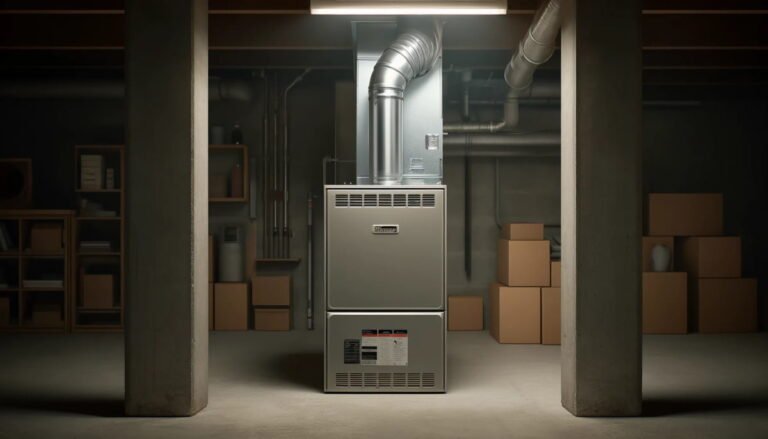
Top 10 Benefits of Home Furnaces: Enhancing Comfort and Value
As temperatures dip and the chill of winter sets in, the benefits of home furnaces become increasingly apparent. Home furnaces…
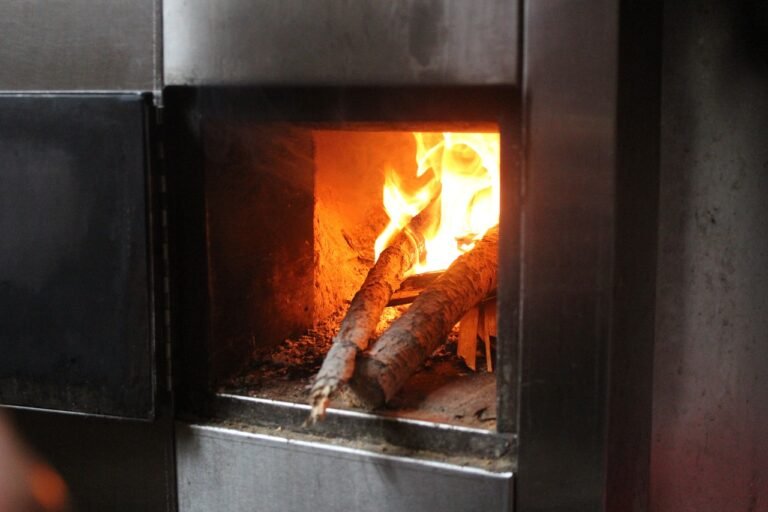
What Is a Furnace? Understanding Popular Heating Systems
Furnaces play an important role in keeping our homes warm and comfortable, especially during the cold winter months. They are…

